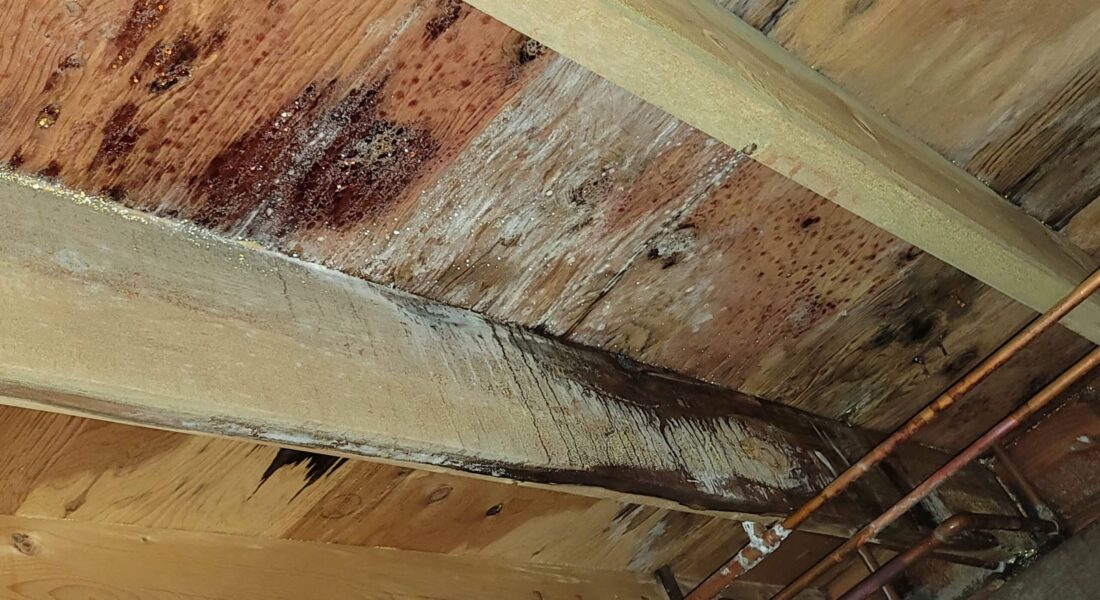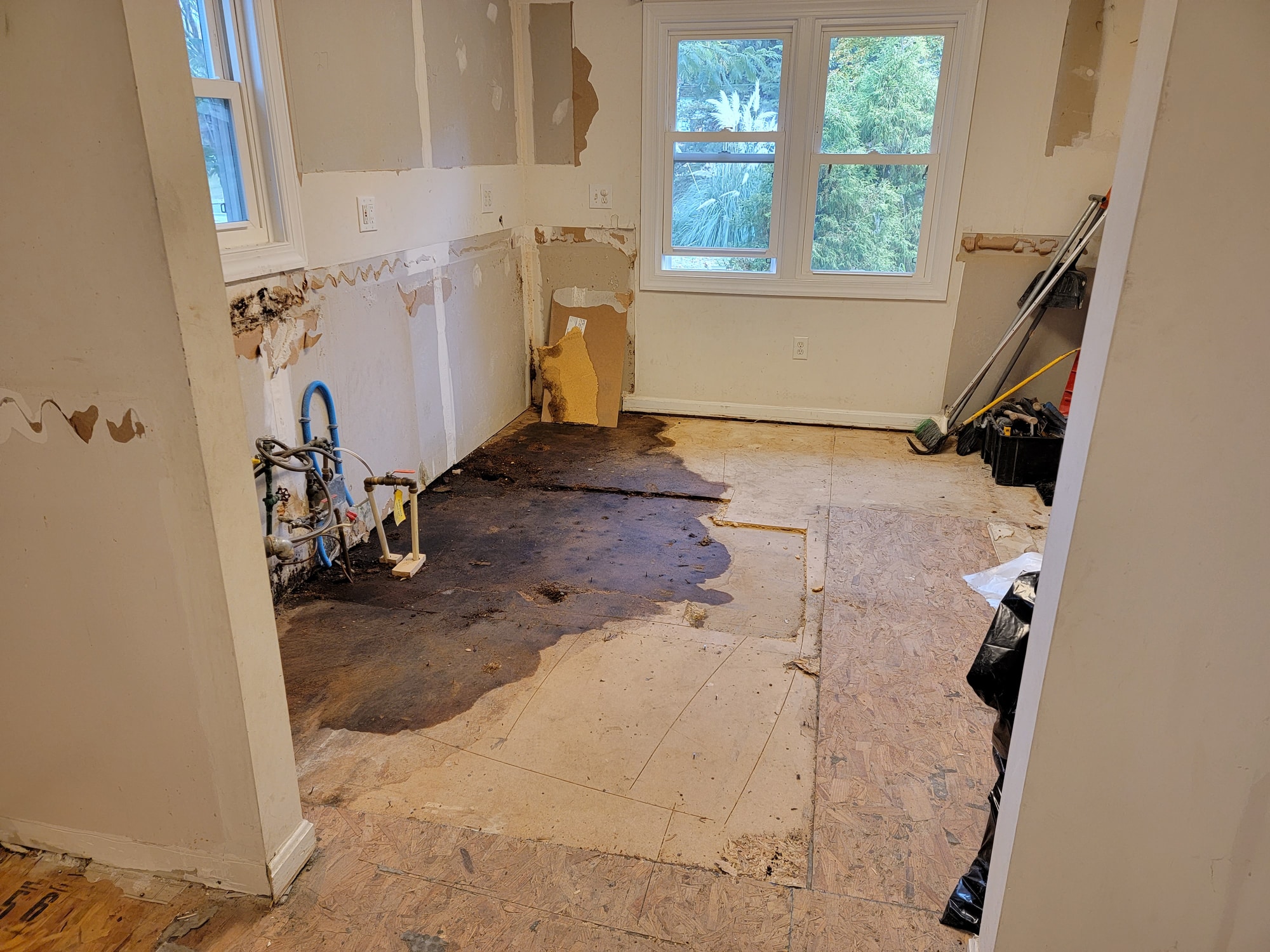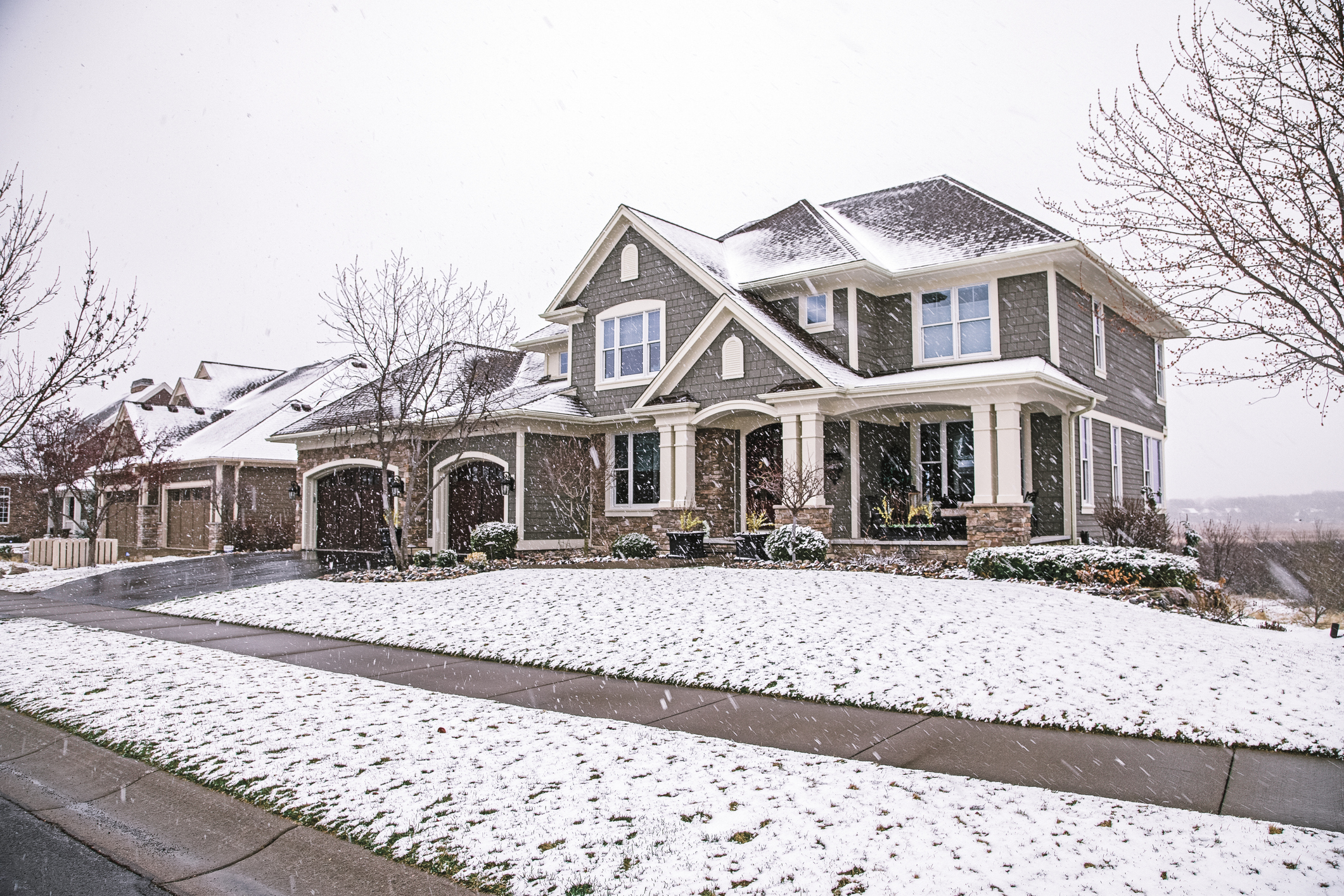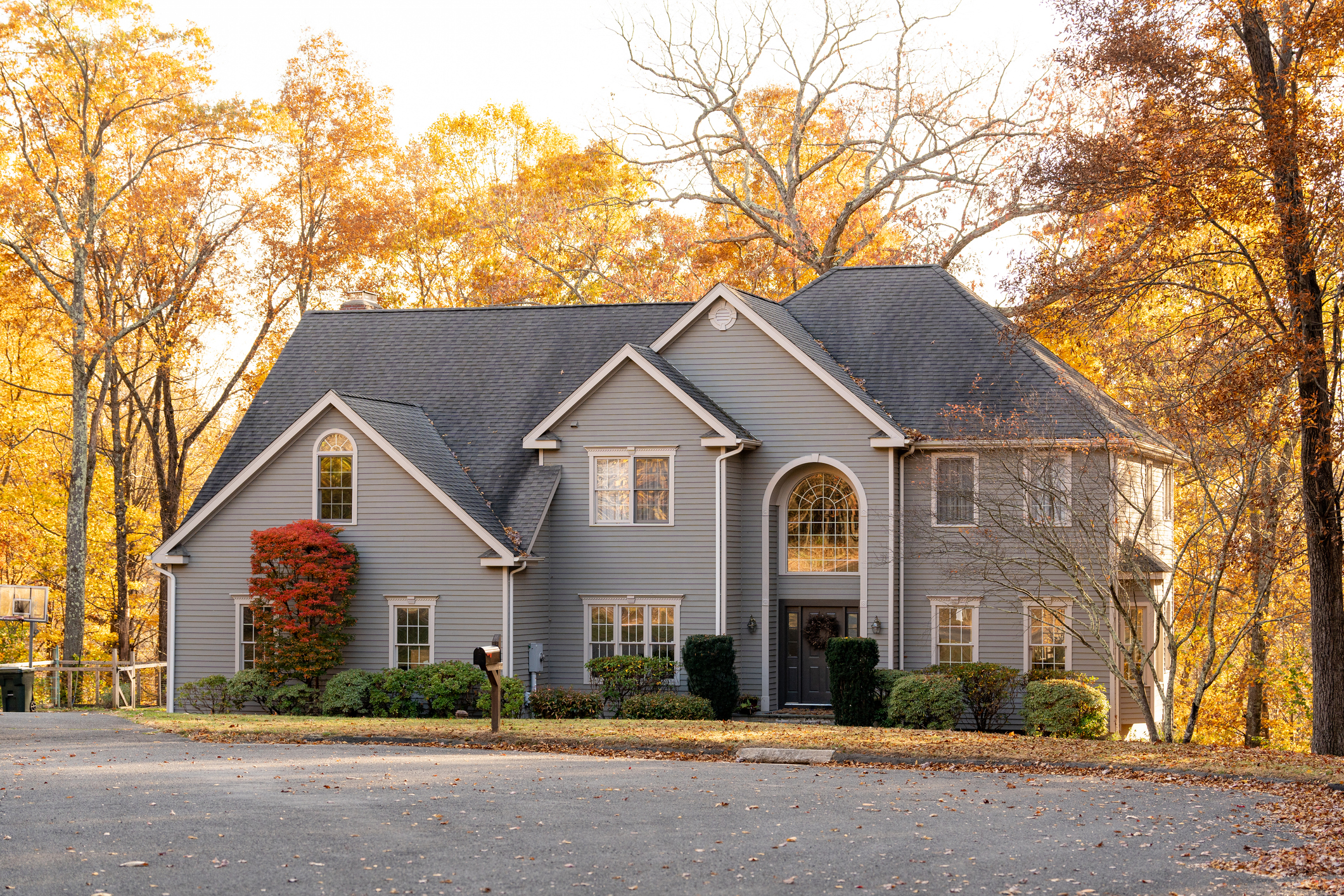When summer temperatures soar, it’s not just your cooling system that takes a hit — your home’s structural components can suffer too. Heat-related damage in attics, roofs, and basements often goes unnoticed until it turns into a costly emergency.
At 24 Hour Flood Pros, we specialize in identifying and restoring this type of damage before it becomes a major problem.
Here’s what to look for and when to call in the pros.
Attic Damage: Signs of Trouble Overhead
Attics are particularly vulnerable to extreme heat due to poor ventilation and insulation. When heat builds up, it can lead to a range of issues:
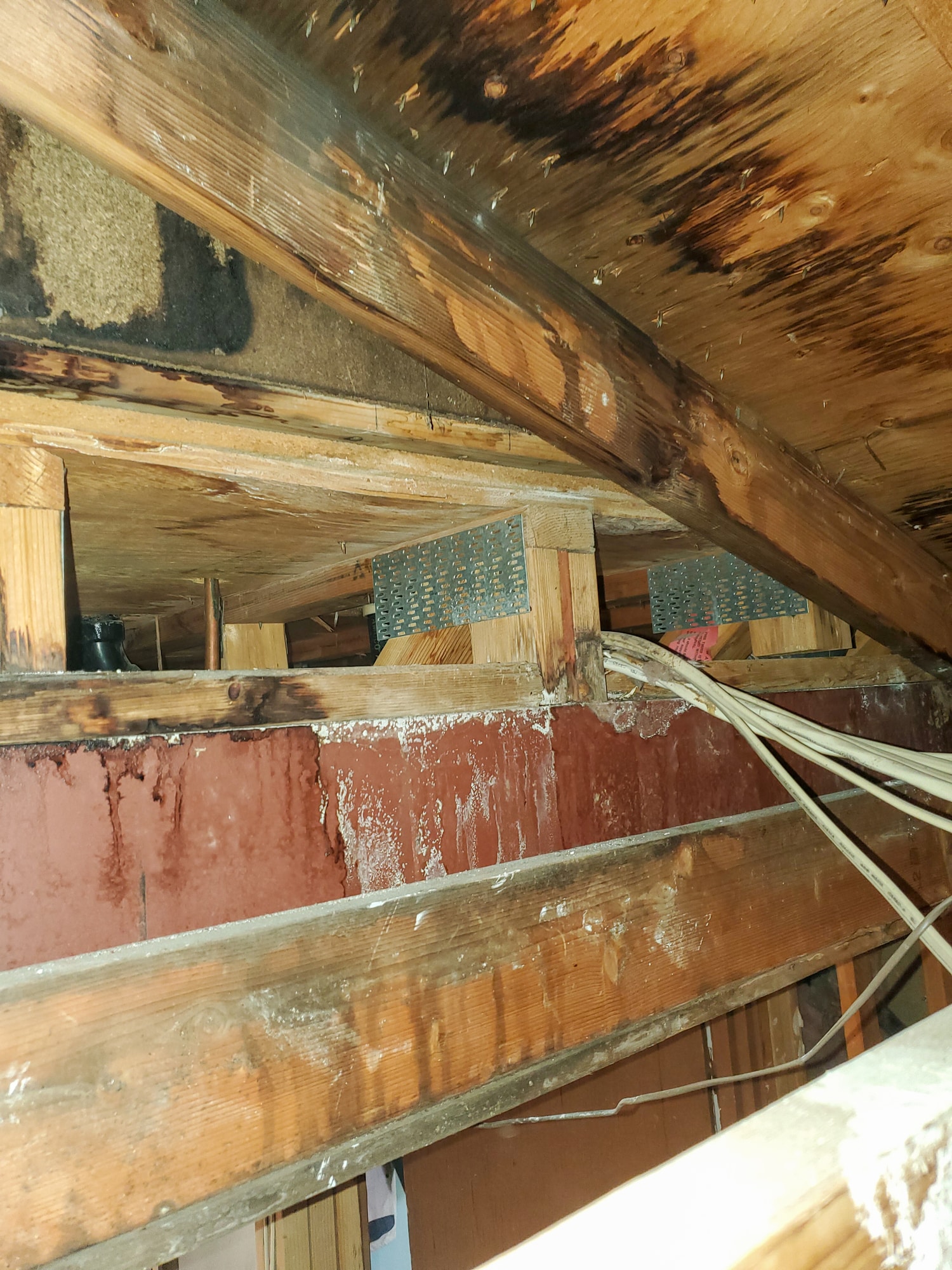
- Warped Wood: Prolonged exposure to high temperatures can cause wood framing and supports to warp or crack.
- Peeling or Bubbling Paint: These are signs of trapped heat and moisture, which can weaken surfaces over time.
- Mold Growth: Hot, humid conditions create the perfect environment for mold, especially if ventilation is inadequate.
- Pest Infestations: Heat can force pests like rodents and insects into cooler areas of your home, including your attic.
If you notice musty odors, sagging ceilings, or unexplained increases in your energy bill, it may be time to have your attic inspected.
Roof Damage: The Hidden Costs of Sun Exposure
Your roof takes the brunt of summer’s heat. Over time, solar radiation and extreme temperatures can deteriorate roofing materials and lead to:
- Shingle Deterioration: Curling, cracking, or missing shingles are early signs of heat damage.
- Discolored Roofing: UV rays can bleach or darken shingles unevenly, indicating wear and aging.
- Soft Spots or Sagging: These can point to underlying structural issues caused by excessive heat or water damage from warped materials.
- Sealant Failure: The heat can cause caulking and seals around vents, chimneys, and flashing to dry out and crack.
Cool roofs or routine inspections, especially during peak summer months, can catch roof damage early before it leads to leaks or interior damage.
Basement Damage: Heat Meets Humidity

While basements are cooler than attics or roofs, they can still be affected by extreme heat — especially when combined with high humidity. Watch for:
- Condensation on Walls or Pipes: This can lead to mold growth or even compromise structural integrity over time.
- Efflorescence: A white, powdery residue on basement walls often signals water infiltration worsened by summer’s rising groundwater levels.
- Musty Odors and Dampness: Heat increases humidity, which can aggravate pre-existing moisture problems.
- Cracked Walls or Floors: Shifting foundations due to expanding soil or temperature fluctuations may result in visible structural damage.
Pro Tip: Extreme heat can dry out and crack soil around your foundation, creating gaps that allow water to seep into your basement during storms. Prevent this by maintaining consistent moisture levels around your home’s perimeter and ensuring proper drainage away from the foundation.
For more info on preventing or recovering from basement flooding, read our guide: Battling Basement Floods: Essential Tips for Rainy Days
Call the Pros Before It Gets Worse
Heat-related damage isn’t always obvious — but ignoring the signs can lead to serious, expensive consequences. At 24 Hour Flood Pros, we offer 24/7 emergency response and thorough inspections to identify and address attic, roof, and basement damage caused by extreme summer heat. Our trained technicians use industry-leading tools and techniques to restore your home safely and efficiently.
Don’t wait for minor issues to become disasters. Contact 24 Hour Flood Pros today for a professional assessment and protect your home from heat-related hazards all year long.

